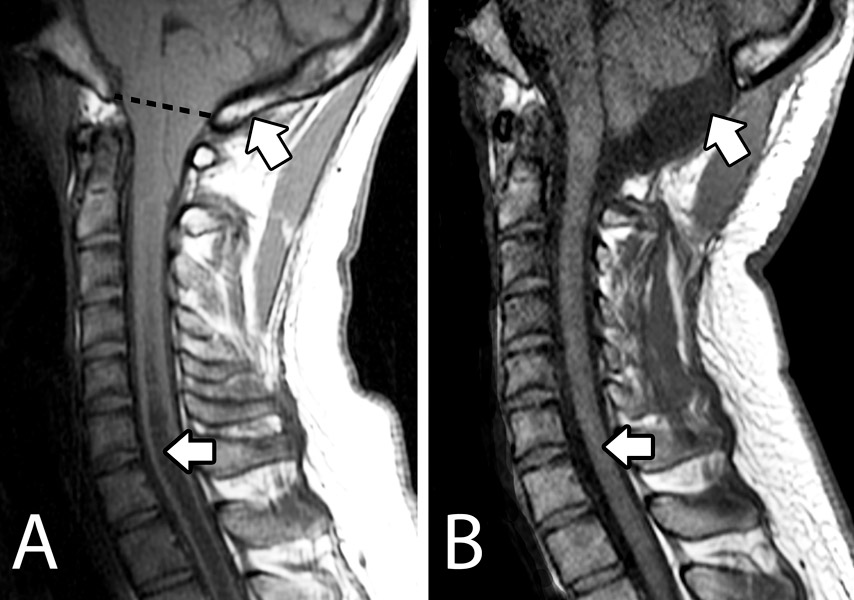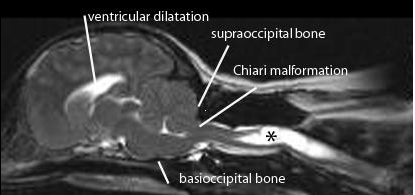|
About ASAP
Funding more than one million dollars in research grants to date, ASAP is the first and leading organization in the fight against Chiari and syringomyelia. In addition to grants, ASAP also offers neurosurgical fellowships to residents wishing to conduct research or receive specialized training in the clinical management of patients with Chiari malformation and/or syringomyelia. ASAP's significant contribution to hereditary research has changed patient care and evaluation. Our goals include increasing awareness, early identification of patients and a deeper understanding on the symptoms, causes, and management of the disorders. The annual conference brings together leading physicians and researchers, families and caregivers, patients and allied health care professionals for a unique opportunity to learn, share and exchange ideas. In addition, ASAP publishes written educational materials and provides DVD and telephone lectures on various topics of importance to the SM/CM community.
ASAP supports families and caregivers in a variety of ways including helping people locate support groups in their area, organizing virtual support groups, offering networking opportunities including a message board, listserv and chat room. Thanks to individuals working across the country ASAP is able to work toward fulfilling their mission: to improve the lives of persons affected by SM/CM and related disorders until we find the cure.
About these Disorders
Chiari malformation is an abnormality in the lower part of the brain called the cerebellum. Most cases of Chiari are congenital, meaning they are present from birth. In an individual with Chiari, the cerebral tonsils hang below the skull opening and into the spinal canal. The degree to which the tonsils extend can vary tremendously. The most common symptom of Chiari malformation is a headache, which begins at the back of the head (neck) and radiates upward. Other symptoms include visual problems; balance difficulties; vertigo and cranial nerve compression, resulting in apnea, swallowing difficulties, syncope or facial numbness. Chiari malformation can cause a fluid collection inside of the spinal cord, known as a syrinx. Some individuals may have hydrocephalus, a buildup of fluid in the ventricles of the brain.
Syringomyelia, often referred to as SM, is a chronic disorder involving the spinal cord. The condition occurs when cerebrospinal fluid (normally found outside of the spinal cord and brain) enters the interior of the spinal cord, forming a cavity known as a syrinx. This syrinx often expands and elongates over time, destroying the center of the spinal cord. As the nerve fibers inside the spinal cord are damaged, a wide variety of symptoms can occur, depending upon the size and location of the syrinx. Many individuals suffer from chronic pain and some will develop neuropathic pain syndromes, which is difficult to treat. Other symptoms include loss of sensitivity to hot and cold, scoliosis, muscle weakness, spasticity, severe headaches and paralysis. Learn more about SM here.
Hydrocephalus occurs when excess cerebrospinal fluid builds up in the cavities (ventricles) within the brain. The fluid can increase the size of the ventricles, putting pressure on the brain, which can damage brain tissue and cause a range of impairments in brain function. Hydrocephalus can be diagnosed at any age, but occurs most frequently among infants and adults over 60. While surgical treatment for hydrocephalus can restore normal fluid levels in the brain, managing symptoms and functional impairments often requires additional treatments and therapies. Learn more about hydrocephalus.
 
|